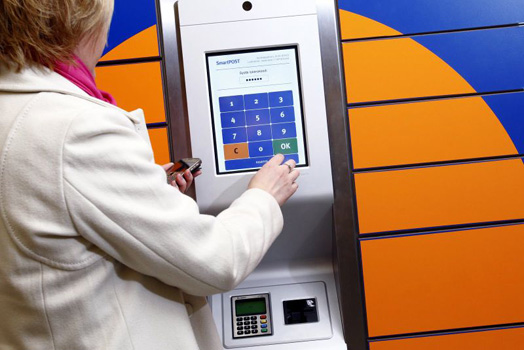
Postal Service HR system moving to Web
The Postal Service is replacing dozens of unconnected human resources systems nationwide with one that will allow its 700,000 employees to make benefit and payroll changes on a single Internet site.
The PostalPEOPLE system, using software from German company SAP AG, will be the largest in the world when finished, says Andy Malay, a vice president at SAP America in Washington. It is being rolled out in phases to replace a hodgepodge of more than 70 systems, used by 3,800 HR managers across the U.S.
The government has a mandate to move away from paper-based systems and is likely to continue transitioning to Web-based HR systems for employees who often work nontraditional hours around the world. Software from SAP rival Oracle Corp., via its acquisition of PeopleSoft Inc., is being used for a Department of Defense system, which is scheduled to be available for about 3 million military service members starting in 2008.
Similar to Web-based human-resources programs that are increasingly common in private companies, PostalPEOPLE allows workers to access benefits, compensation, and retirement and separation files and other HR-related information from any computer with an Internet connection.
Some services previously were available online, but through numerous outdated systems that required visiting different Web sites with different passwords, while other transactions required an in-person meeting to fill out paper forms, said David Partenheimer, a Postal Service spokesman.
Both employees and managers can complete HR activities on the system. Identification and pin numbers will be required to gain access and additional security is in place to prevent identification theft, Partenheimer said. Sensitive payroll data and other information will be stored on a mainframe computer and not be available for download on laptops and other personal computers.
'They're certainly creating a treasure trove of data, but I'm sure they know that,' said Donald Harris, founder of HR Privacy Solutions Ltd., a New York consulting firm. He added that the Postal Service's use of role-based access based on the employee's job, as well as identification and PIN numbers is 'fairly routine,' and that the numeric sequences should be longer than four digits and kept private.
Not allowing data to be downloaded from the mainframe to PCs is innovative and makes the information less transferable, but Harris said additional steps should be taken including 'automatic time-outs' if someone is idle while logged into the mainframe for certain period of time.
Personal employee information recently has been stolen from or lost by numerous federal agencies, including the theft of a Department of Veterans Affairs laptop that contained sensitive data on 26.5 million veterans. The laptop was recovered last month and both the VA and FBI said the employee information was not accessed.
Nearly 11,000 employees in the New York City area already use the new Postal Service system and 30,000 more users will be added in the next two months in parts of Minnesota, Wisconsin and California.
Maribeth Norman, a senior manager for post office operations in Columbus, Ohio, has used the new system to post job vacancies. That process, which includes going through the local HR department to fill out forms and receive approval from a district manager, usually takes at least three weeks to complete but can be done in one week on PostalPEOPLE, she said.
'It's really streamlined the processes,' said Norman, 53, a 28-year Postal Service employee who oversees hiring for about 1,000 positions. She described the system as being 'easy to use,' and said she likes that it offers an interactive voice recognition help service for those less computer savvy.
All Postal Service employees will have access to basic functions by the end of October via the Internet or the 519 kiosks located at postal facilities around the country. The system is scheduled to be fully operational next year, Partenheimer said.
In 2004, the U.S. Postal Service Board of Governors approved 102 million USD for PostalPEOPLE, which includes the 76.7 million USD SAP contract to provide software and consulting services. SAP and the Postal Service say the system is on schedule and on budget.
The largest obstacle to installing such a massive system is training, either because it is done poorly or with the wrong set of users, said Joshua Greenbaum, an industry analyst at Enterprise Applications Consulting in Berkeley, Calif.












